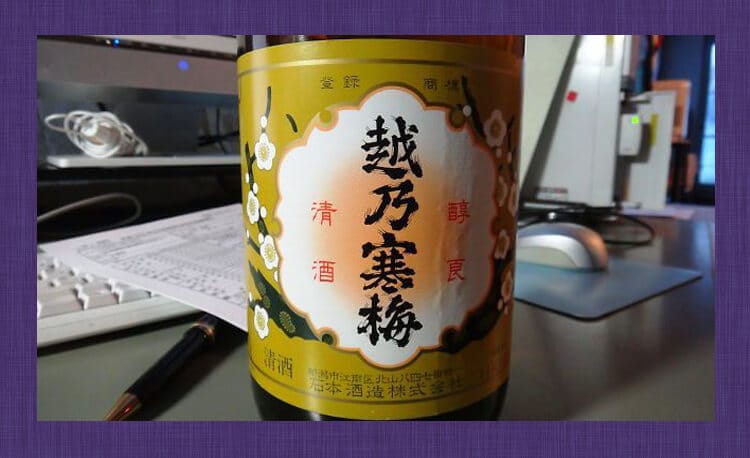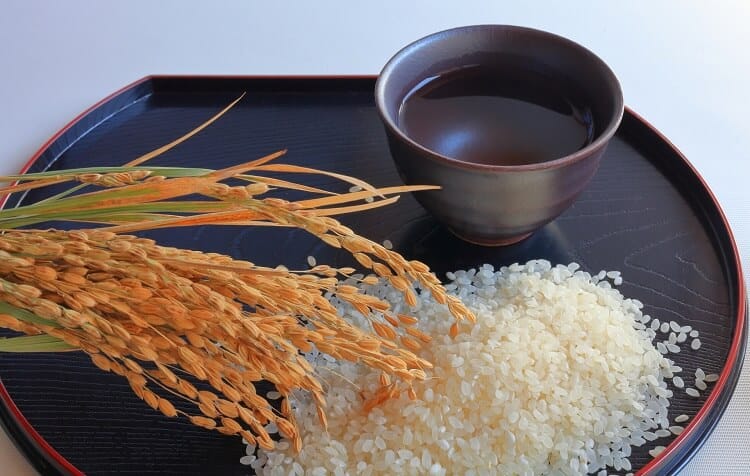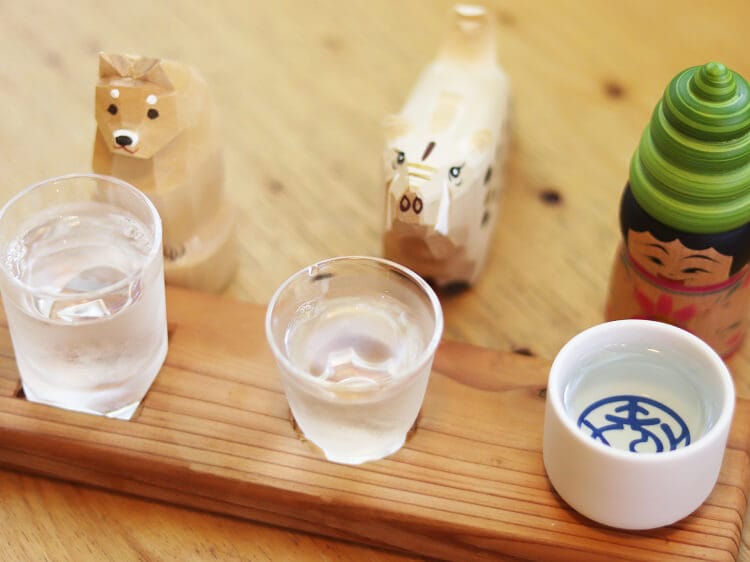
Deep sea water is now used for cosmetics, shampoos, hot springs and sweets. Recently, sake brewing using deep sea water as water for sake brewing is increasing.
Why are you making sake using deep sea water? This is because the use of deep ocean water increases the activity of bacteria and increases D-amino acids.
The umami of ginger making, which is said to be the origin of sake brewing, can be enjoyed with plenty of richness and sharpness as a result of careful creation of D-amino acids.
This time,
- Relationship between deep ocean water and D-amino acids
- Relationship between ginger making and D-amino acid
- Taste, health and beauty effects produced by D-amino acids
Let's talk about.
Where can I get deep ocean water?
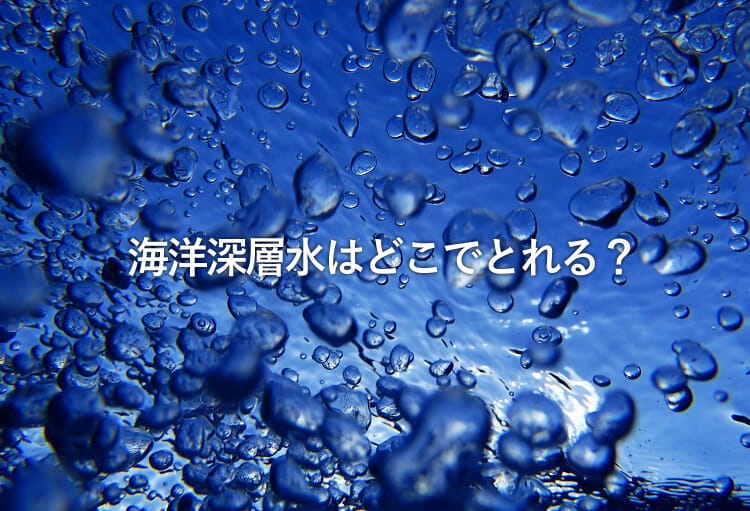
Deep sea water means seawater at a depth of 200m or less.Seawater that is near the sea surface with respect to deep ocean water is called surface water.
But,Sake does not use seawater at a depth of 200m, but uses deeper deep seawater at 320m.
So what is the difference between the sea water on the surface of the sea and the deep sea water in the deep sea?
Difference between deep ocean water and sea water on the surface of the ocean
The difference between surface water and deep ocean water is summarized in the table below.
|
Surface water |
Deep ocean water |
|
|
Features |
|
|
|
Example of commercialization |
|
|
A feature of clean deep sea water is to promote the growth and maturation of living organisms.
Because we use live yeast in sake brewingIt is evaluated that "yeast is well in deep ocean water".
The effect of deep sea water on sake is not limited to yeast activation. Recent research has shown that D-amino acids are actively produced.
However, most people have never heard of D-amino acids.
D-amino acids not only enhance the taste and overall evaluation of sake,It also has an important role in supporting our health.
So what are the characteristics of D-amino acids?
What is D-amino acid produced by sake brewed from deep ocean water?

80% of the ingredients in sake is water. Therefore, the quality of water is an important factor in sake brewing. Each brewer also uses nerves for normal brewing water.
However, amino acids that are abundant in sake using regular brewing water are called L-amino acids.
On the other hand,It was found that sake prepared with desalted deep sea water contained a high concentration of D-amino acids.
According to Mr. Norio Oikawa's “New savory component of sake, D-amino acid”, “Rice milling ratio of raw rice, alcohol concentration is not related to D-amino acid concentration of sake. It affects the concentration ”.
Yield increases and D-amino acids are made when charged with deep sea water
There are many minerals in deep ocean water, which has a great influence on the fermentation promotion of sake yeast. The process is tabulated.
|
Deep sea water containing 80 types of minerals is used as the feed water |
|
(I.e. |
|
Lactic acid fermentation progresses more than normal water |
|
(I.e. |
|
Energetic yeast increases than normal water |
|
(I.e. |
|
D-amino acids are made |
|
(I.e. |
|
Produces a deep taste and coherent taste |
By using mineral-rich deep ocean water, lactic acid fermentation is facilitated, the decomposition power of koji is enhanced, and the number of powerful yeasts increases.
It has also been observed that the foam that comes out when mash is fermented is foamed higher than when using normal brewing water, and the fermentation is active.
this is,Deep sea water is feed water that can fully demonstrate the characteristics of yeast.It proves that.
In addition to yeast, culturing algae using deep ocean water grows 2 times faster than culturing in surface water.
When fermentation is activated by using deep sea water, many D-amino acids are produced, and a unique ginjo incense and fresh sake with no cadence are produced.
However, some people may have doubts here. It is usually said that sake with a lot of amino acids has a lot of miscellaneous taste. Is there any miscellaneous taste in Japanese sake with deep ocean water?
Prepared with deep ocean water
Chiyotsuru, which was always interested in sake tasting at a sake event in Toyama. I think it ’s 500 million stones, but it ’s superb! Hundred stone store only in Roppongi Mizuhashi. Thank you pic.twitter.com/LBOjSmAJ
— Ron Miro (@lonmiro) December 22, 2012
Kochi Prefecture and Asahi Breweries are conducting joint research at the genetic level to understand why the taste of sake brewed in deep ocean water is crisp and low in taste. as a result,
- Increased gene power of scent components in yeast
- Fatty acid synthesis gene and amino acid metabolism gene are activated to produce ginjo aroma
- The fatty acid synthesis gene and the amino acid metabolism gene also have the function of changing amino acids that tend to be miscellaneous taste of sake into scents, so it is possible to produce sake with good taste and less scent.
It turns out.
Not only that.The D-amino acids increased by the deep sea water preparation not only enhance the taste, but also play a role in maintaining and promoting health and beauty.
So what exactly does D-amino acid promote health and beauty? Before explaining that, let's focus on ginger making.
D-amino acids over deep ocean water? Japanese traditional technique "ginger making"
In fact, not only deep-sea water sake, but also ginger-made sake contains a lot of D-amino acids. Ginger making is characterized by its rich and rich umami and richness, as well as sharpness.
First, let's look at the 3 methods of “Make-making”.
How to make a liquor mother 酛 and time to spend
There are 3 types of sushi making.
|
How to make a kite |
Period for making sushi |
|
|
Quick brew |
|
2 weeks |
|
Mountain ruins |
|
4 weeks |
|
Ginger |
|
4 weeks |
Yeast that grows in just 2 weeks in fast brewing can die after fermentation and change the taste of sake.
On the other hand, it takes 4 weeks to make a brewer's ginger, which does not use commercially available lactic acid for brewing, but takes lactic acid bacteria present in the warehouse from the air.
Yeasts made from lactic acid bacteria taken from nature are robust and do not die even in high-concentration alcohol of 20%. Therefore, there are no miscellaneous ingredients that make you feel an unpleasant sweetness, and you can enjoy a wide-ranging fragrance, a deep deep taste, and a crisp, mainstream dry sake.
D-amino acids support the taste of ginger making. D-amino acids are made in the process of making a sake mother that takes time and effort.
It has come to be understood that the depth of the unique taste of ginger making that has been carefully nurtured over 2 times and labor of Hayabusa is due to D-amino acids.
D-amino acid taste, health and beauty effects
How does D-amino acid affect the taste of sake, how does it work in the human body, and how does it affect beauty?
Effects of D-amino acids on the taste and health of sake
The following summarizes the taste characteristics of D-amino acids and the reported health benefits.
|
D-amino acid name |
taste |
Working in the human body |
| (D-amino acids as a whole) |
|
Supports each function in each part of the body [Example of existing location]
|
| D-serine |
|
|
| D-alanine D-Valine D-tryptophan D-leucine |
|
|
| D-aspartic acid D-glutamic acid D-proline |
|
|
* Post-traumatic stress disorder is a flashback phenomenon caused by the danger of life such as a disaster or accident, or deprivation of human dignity such as bullying or abuse. It may cause insomnia, depression, and poor concentration.
Sake and ginger making using deep ocean water contains ingredients that are useful both mentally and for making beautiful skin. In addition, D-amino acids can improve the taste by making sake a mild taste or giving it a moderate acidity.
Next, let's look at the effects of sake on beauty. Beauty effects such as making your skin smooth when you drink delicious sake have been known by experience, but it has also been found that it was actually a technique that D-amino acids can do.
→Amazon deep sea water alcohol
Sensitive skin is safe! Activating the skin with D-amino acids

D-amino acids are present everywhere in the human body, acting as neuromodulators and controlling the endocrine system. The place was in the blood, cerebellum, pituitary gland, adrenal gland, and spleen.
However, as a result of joint research between a university and a major cosmetics company, it was found that D-amino acids also exist in the stratum corneum on the human skin surface. In particular,
- D-aspartic acid promotes collagen production
- Increase the water retention capacity of the stratum corneum
- Has anti-aging effects that prevent oxidation, which is the cause of skin aging
I found out such facts.
In addition, D-alanine has a function called laminin 5 that promotes a component of the basement membrane of the skin. The amount of D-alanine we have had since we were babies has decreased with age and has spurred skin aging.
But,By drinking sake rich in D-amino acids, D-aspartic acid and D-alanine are replenished to the skin, creating collagen, reactivating the skin's basement membrane, and restoring youthful skin. I think.
By the way, it is period to regain old skin, but 2-3 months become a standard. Today, drinking sake and ginger made from deep sea water does not mean that the skin will be effective tomorrow morning.
If you feel that your skin has actually improved on 1 days, you may have fallen asleep by drinking sake.
Support good quality sleep! Awakening with D-amino acids

It was D-aspartic acid that led to good quality sleep.
You have heard of the hormone name “melatonin”, right? D-aspartic acid has the effect of promoting melatonin production. In fact, a major food manufacturer has obtained a patent for a sleep-improving agent using D-aspartic acid.
Melatonin is also called a sleep-promoting hormone because it becomes sleepy when released in large quantities. The mechanism of melatonin is secreted when the sun goes down and darkens, and gradually lowers body temperature, pulse and blood pressure and invites you to sleep naturally.
There is also a report that when melatonin is deficient and sleep is insufficient, it becomes easy to get diabetes. Of course, lack of sleep is a great enemy of skin beauty! It is dangerous to clean up as “Taka is lack of sleep”.
However, if you drink sake that contains a lot of D-amino acids, you will be supplemented with D-aspartic acid. This improves sleep quality,Growth hormone is also secreted, and the effect appears on the skin the next morning.
Other types of sake with high D-amino acids
We have introduced that the difference in the water used and the method used for charging are related to the production of D-amino acids, but other types of sake also contain D-amino acids.
Japanese sake using red sake yeast
For example, sake using red sake yeast used in pink nigari sake. A sweet, pink, fruity fragrance that gives women a slight acidity.
It is strictly forbidden to squeeze the moromi too much in order to make the sake with the characteristics of this yeast. Therefore, it is possible that microorganisms and enzymes remaining in the bottled liquor continue to live, continue fermentation, and continue to make D-amino acids.
Long-term aging liquor
Sake that has been aged for a long time continues to be fermented with D-amino acids, and the taste is rounded off as the cadaver is further removed!
Summary: D-amino acids continue to be elucidated
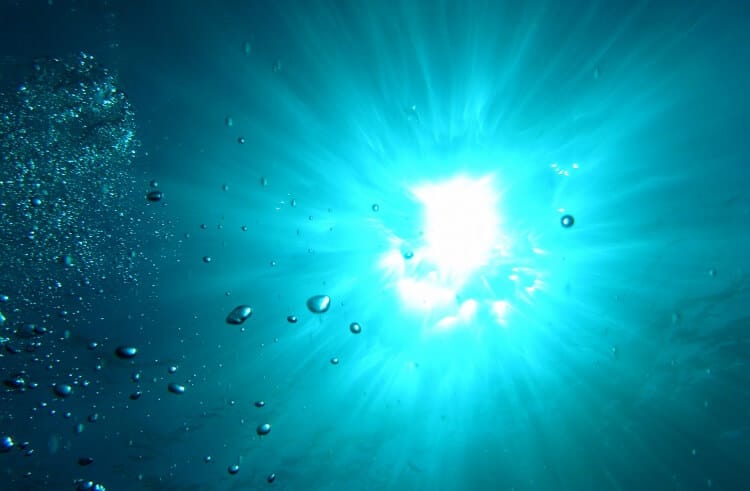
It is very important for us to eat and drink. It leads to vitality and health for tomorrow. That said, it can be hard for humans to continue to eat foods that are good in function but poor in taste every day.
In order for people to enjoy food and drink every day, the element of umami must not be neglected.
Increased D-amino acids are found in ginger making using deep ocean water or carefully aging. D-amino acids are not only increasing umami, but are also known to affect human health and beauty.
In fact, research on D-amino acids has just started. Until now, the focus was only on L-amino acids.
Therefore, there are many cases where D-amino acids have not yet been elucidated, but in the future, it is likely that the relationship with dementia and depression will be clarified.
Looking forward to that day, we would like to enjoy the sake with plenty of D-amino acids today!
Reference site:
- Toyama University Graduate School of Medicine and PharmacyInitiatives in the medical field and product development utilizing the deep sea water of Toyama Bay'
- Norio OikawaNew taste component of sake “D-amino acid”""
- Toyama University Environmental Report Health message from “old water”'
- Takagi Sake BreweryMuroto Deep Sea Water, Kochi Local Sake “Toyo no Ume”'
- Department of Life and Biotechnology, Kansai UniversityQuantitative analysis of D-amino acids in sake brewing process of ginger, lactic acid bacteria added ginger, and quick brewer'
- Yumon Omori, Toshihisa OshimaPotential of D-amino acids as food functional ingredients'
- Life Science Related Patent InformationPatent application title: Sleep improving agent containing aspartic acid'




